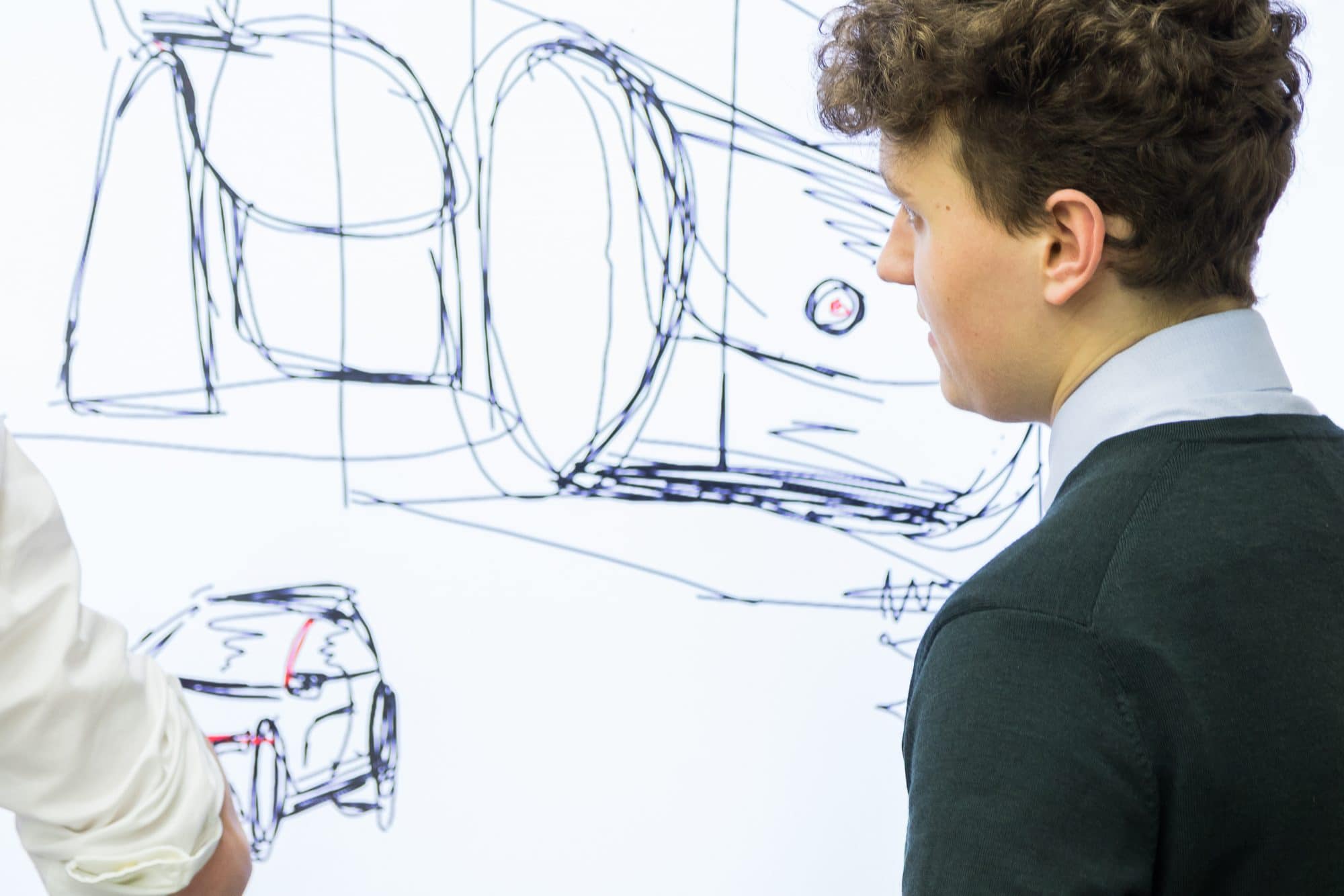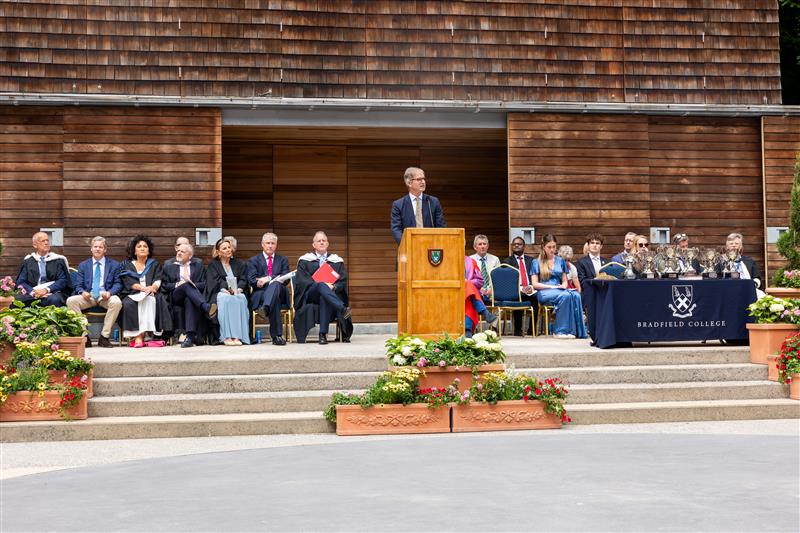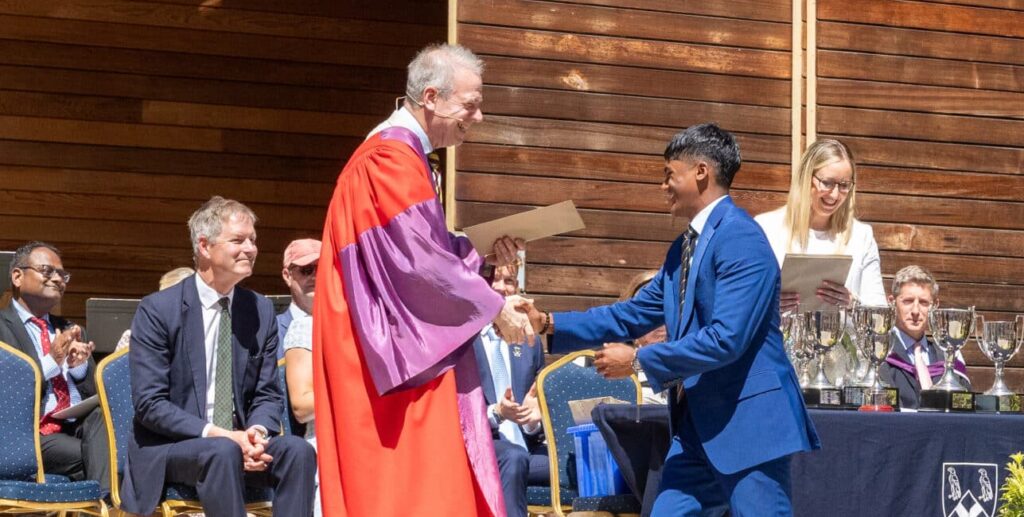
Every Sunday my six-year-old daughter goes horse riding. All sorts attend, from the truly terrified beginner to those who are clearly destined for the Cheltenham Gold Cup. Regardless, the girls and boys love giving it a go.
The wonderful thing is that all of the children ride in the same arena and are coached by the same instructor. To the less perceptive, this might appear slightly chaotic; however, every lesson is planned with each individual in mind.
All pupils have individual needs for which we try to cater. This is not easy but it is the art of great teaching.
For the novice, there is a helping hand to get them onto their trusty steed whilst for the more experienced there is a mounting block in the corner should they so choose. At the centre of the round, the jumps are varied in height. Following a look in the eye, a gentle smile, the children are invited to ‘give it a go’.
This really resonates with me. Regardless of whether someone is teaching Religious Studies or Riding, History or Hockey, the principles of excellent teaching are the same. The instructor knows their charges well – their interests, their strengths and weaknesses and considers this when setting expectations.
Catering for Special Educational Needs
Differentiation has always been the essence of great teaching and at Bradfield we have made it a very public focus for all teaching staff. Special Educational Needs (SEN) is a very formal category for those pupils whose cognitive profile means they face more challenges than others as learners. However, to our collective mind, all pupils have individual needs for which we try to cater. This is not easy but it is the art of great teaching.
Children do best when the people they trust back them to achieve great things.
The College’s Study Skills and Support Department works with some of our pupils identified as having SEN. The department comprises trained teachers with specific qualifications who offer literacy and numeracy support on a one-to-one basis.
This is not to oversimplify this department’s work; often the teacher is there to provide reassurance, to act as a sounding board for each pupil’s ideas but equally to help pupils structure their thoughts and ideas. The team also works with subject areas to raise awareness and suggest strategies for supporting these pupils in the classroom.
The Zone of Proximal Development
The seminal message is clear; ‘teach up’. Bradfield teachers have enjoyed debating the benefits of keeping the level of challenge high from the outset, requiring pupils to work, or better still, think, at the upper end of their limits, or what is known as an individual’s Zone of Proximal Development (Vygotsky).
This is not solely achieved through sheer volume of work alone (differentiating by task). Often, the most effective ways to stretch and challenge pupils is to plan questions where the level of expectation can be carefully ratcheted up; moving from the ‘What?’ and the ‘When?’ to the ‘Why?’ and ‘To what extent?’.

Answered well, the latter type of question requires pupils to draw on a deeper level of understanding. Taken further still, they can help the most able pupils to see the subject more holistically.
On the final Sunday before the Easter break my daughter, as she had done previously, made her way over to her horse, ‘Bubbles’. The instructor, however, intervened and pointed this reluctant rider to a far larger horse standing in front of a small jump. She would have been terrified had a reassuring arm, a smile, and a discrete, “let’s do this” not given her the confidence to step things up. As we all know, children do best when the people they trust back them to achieve great things.



